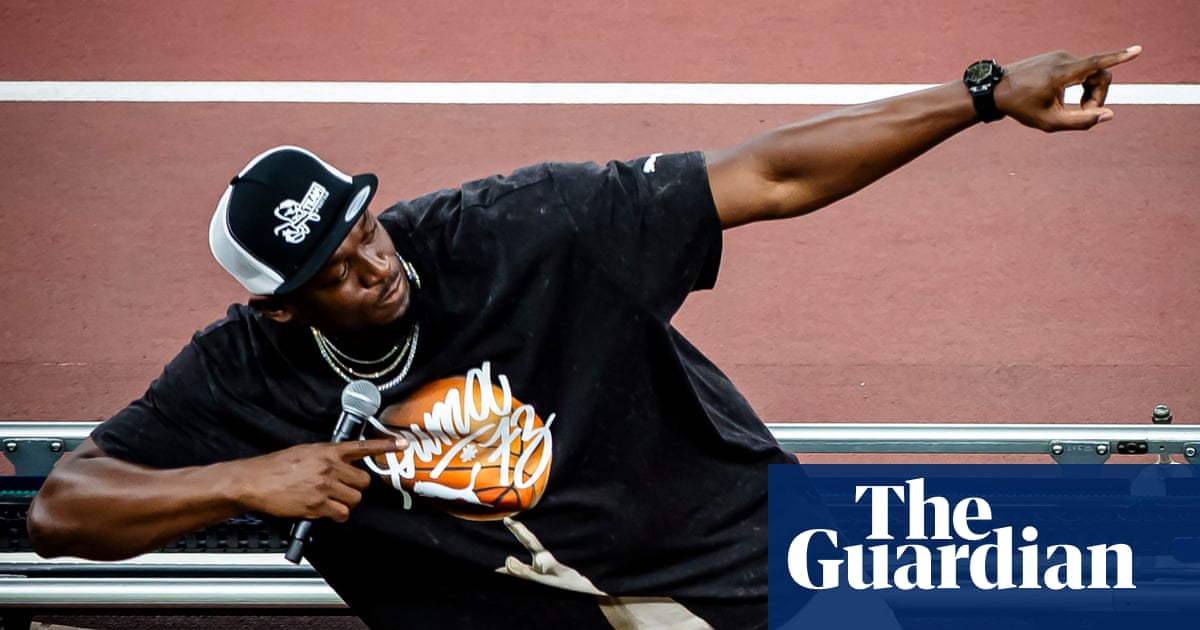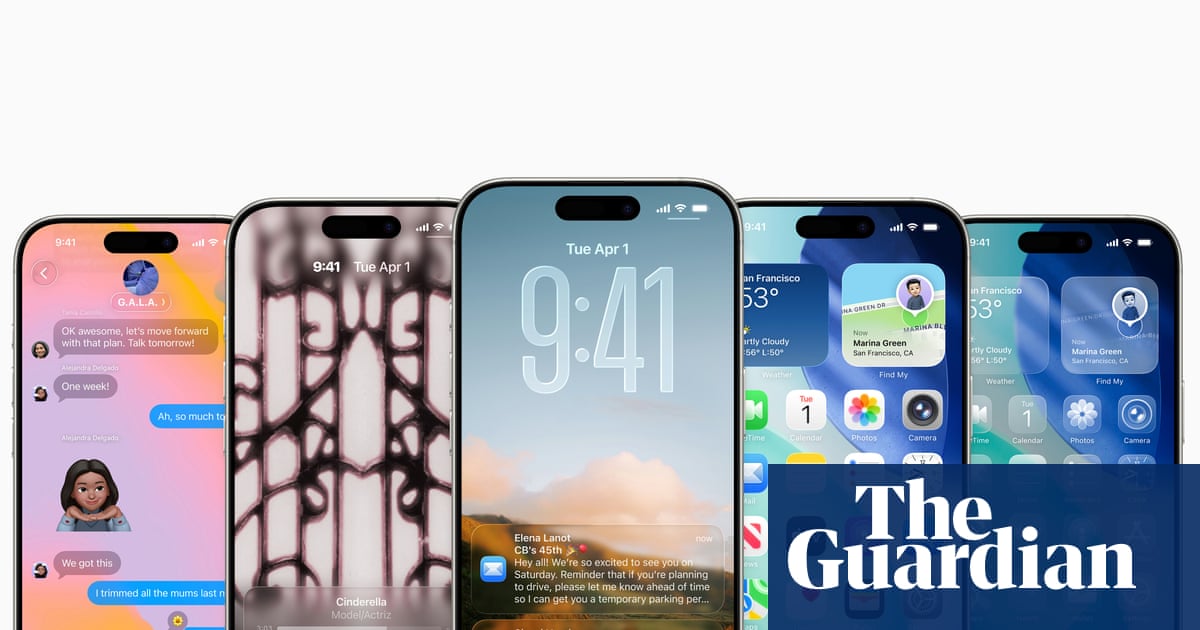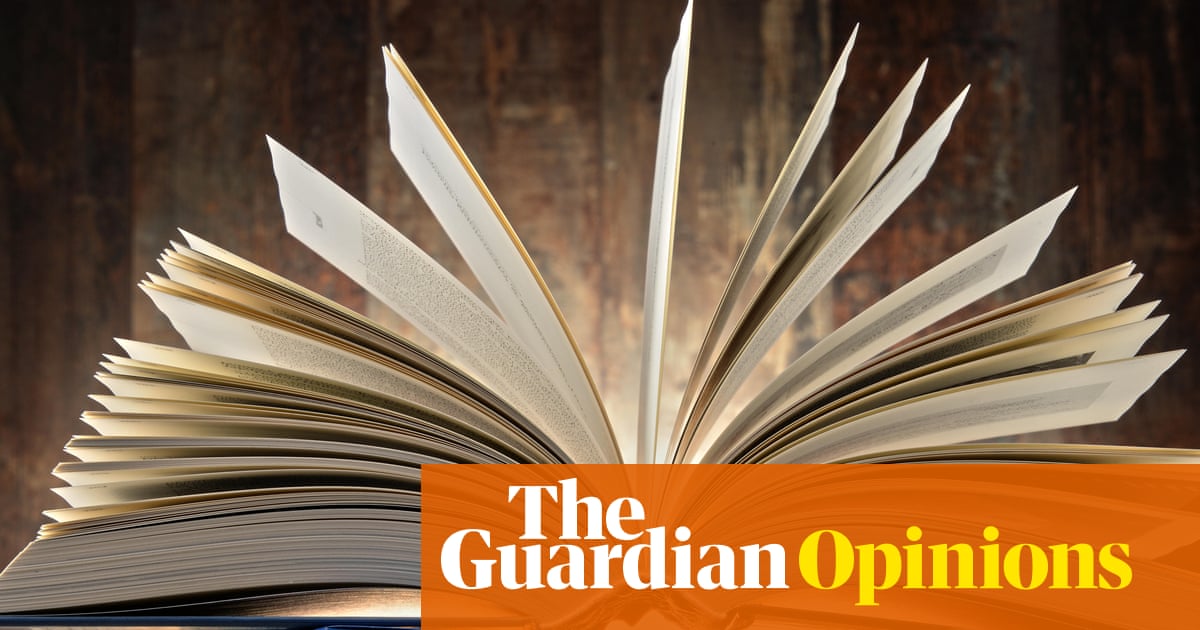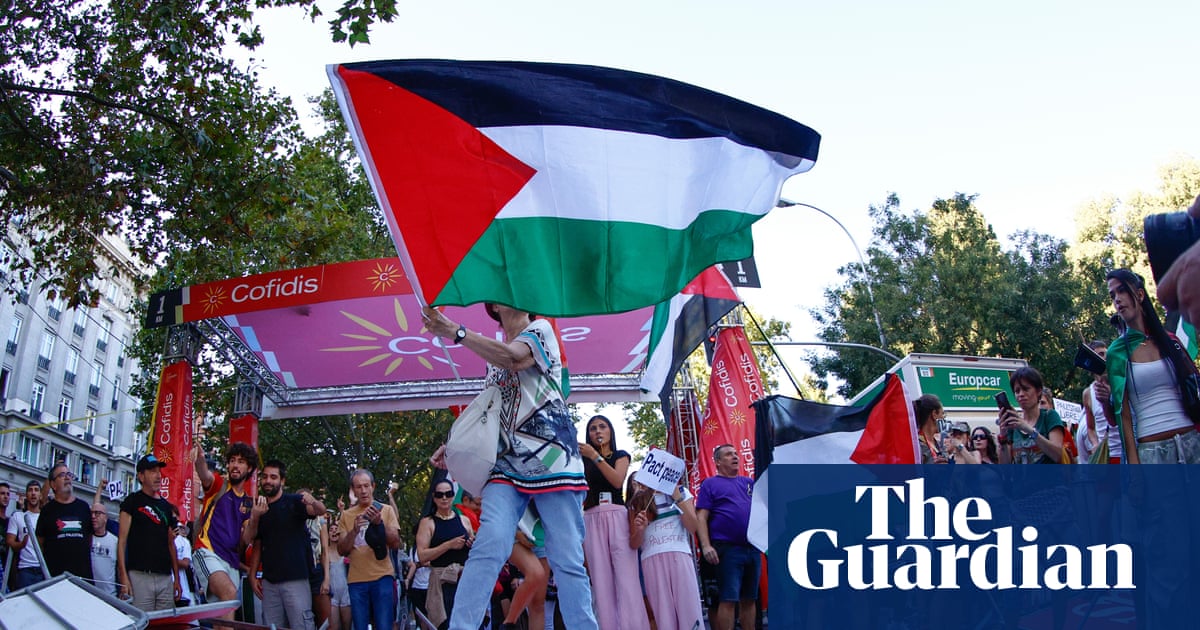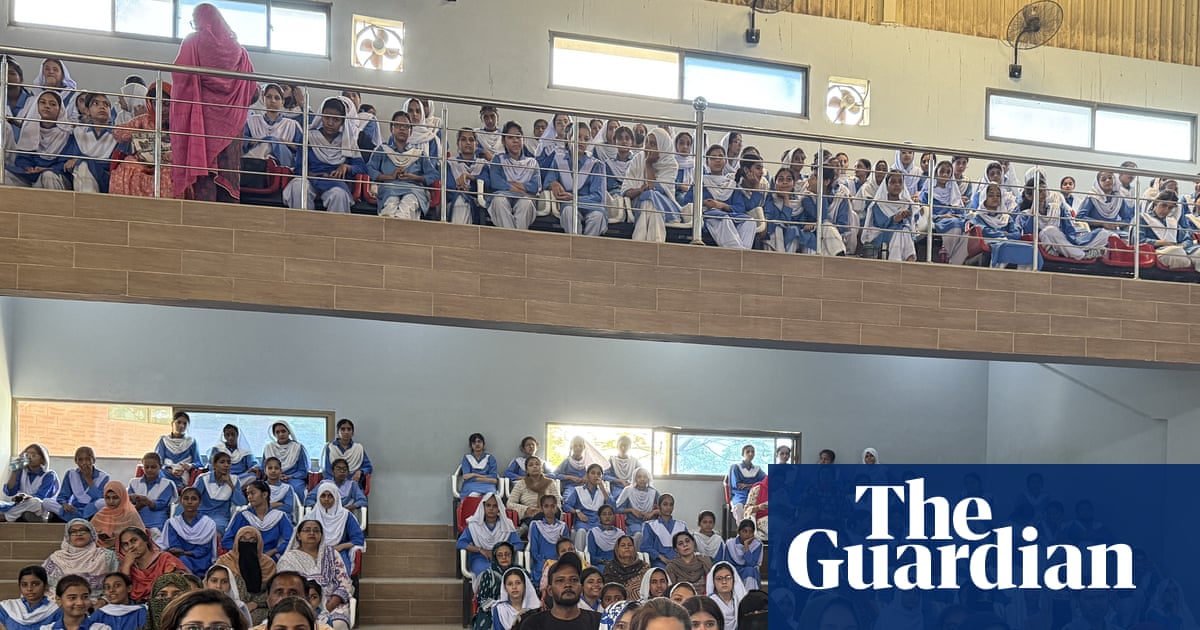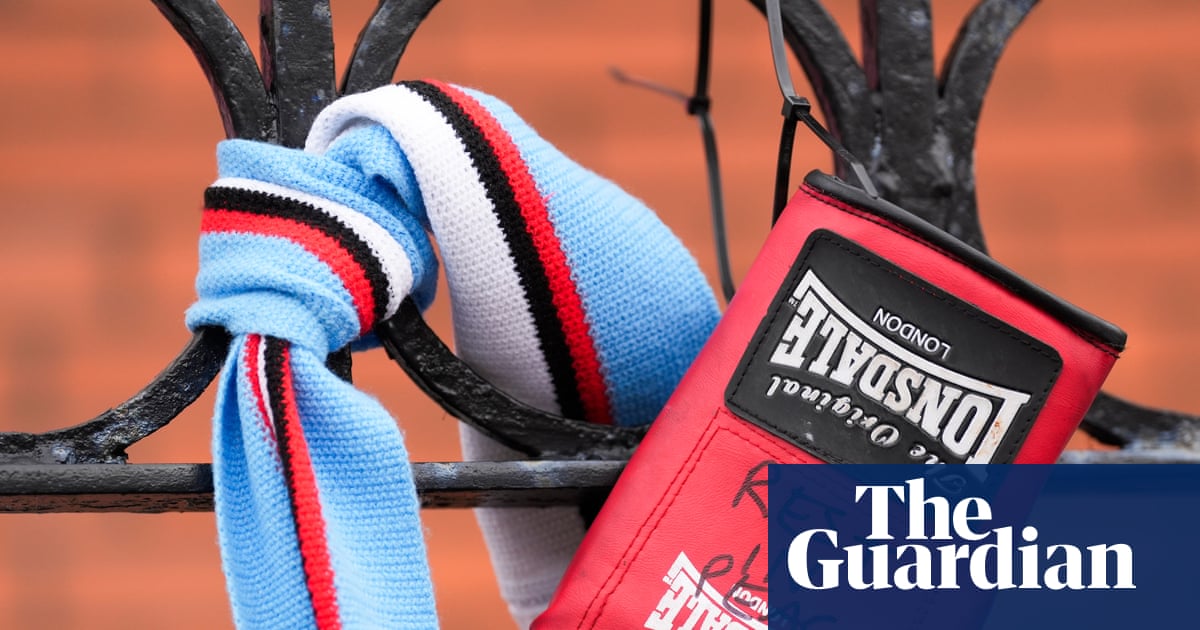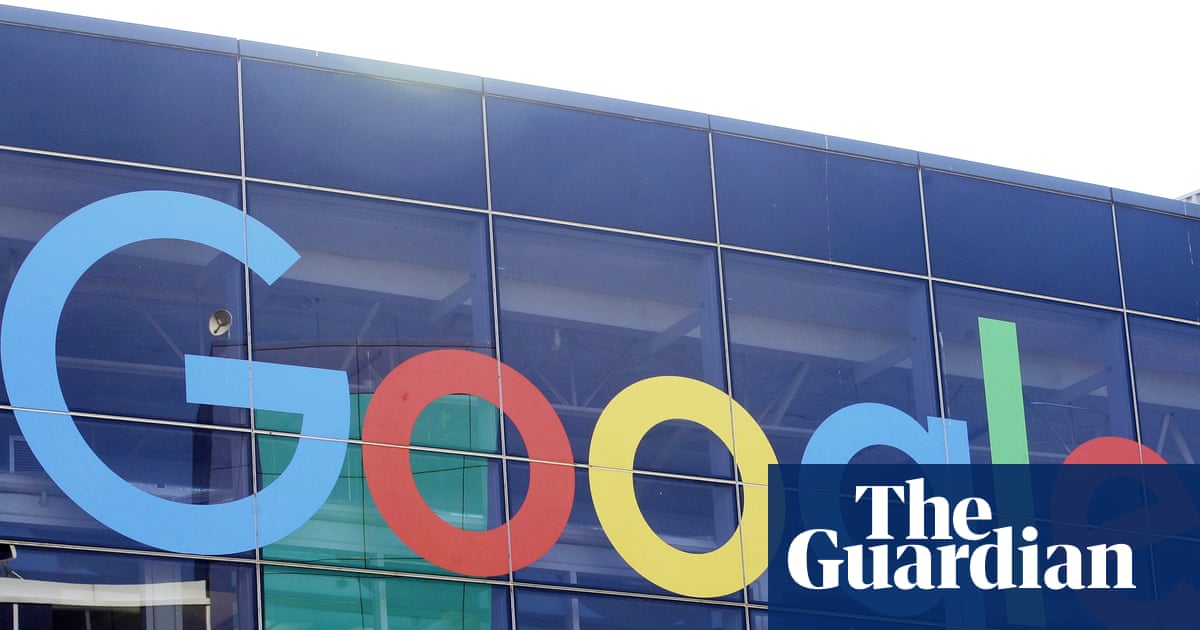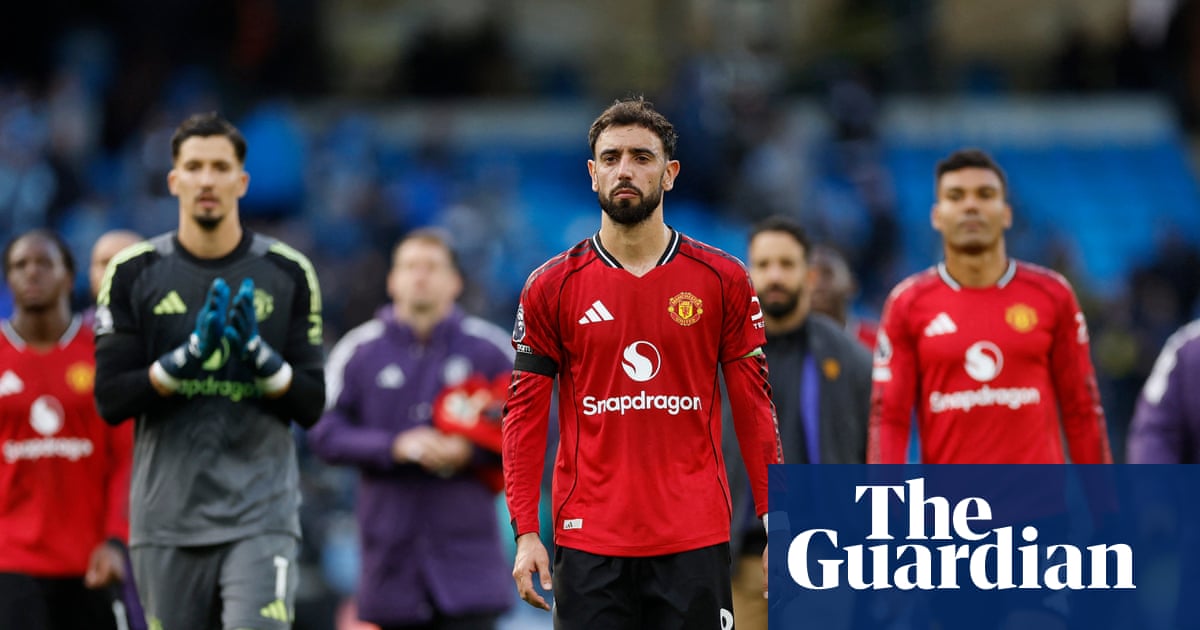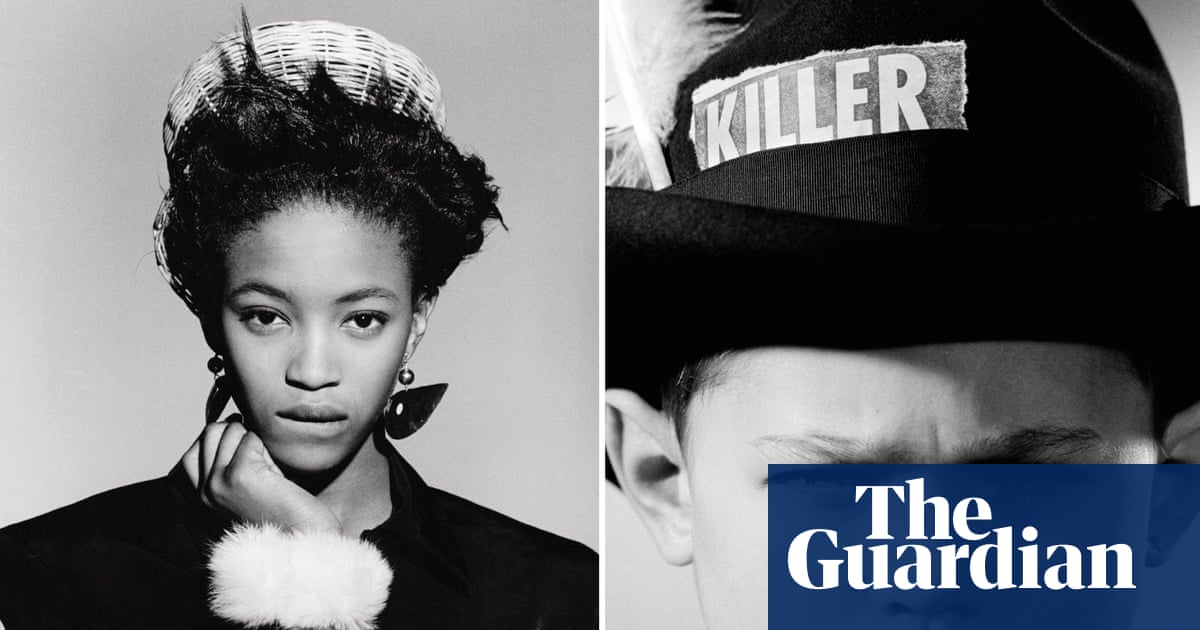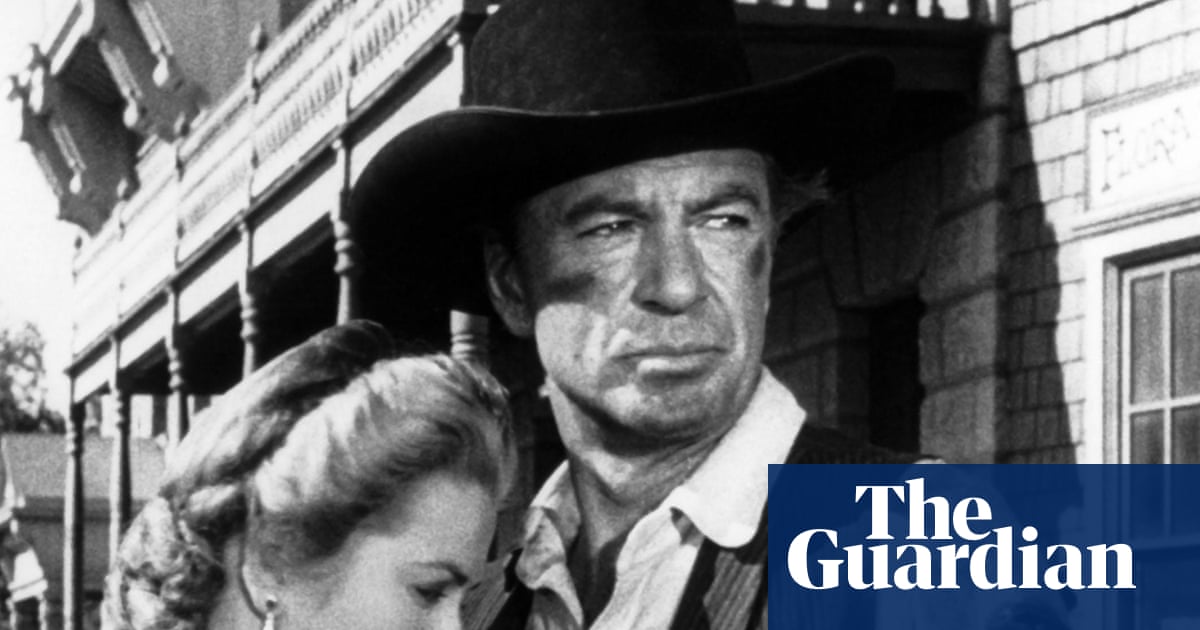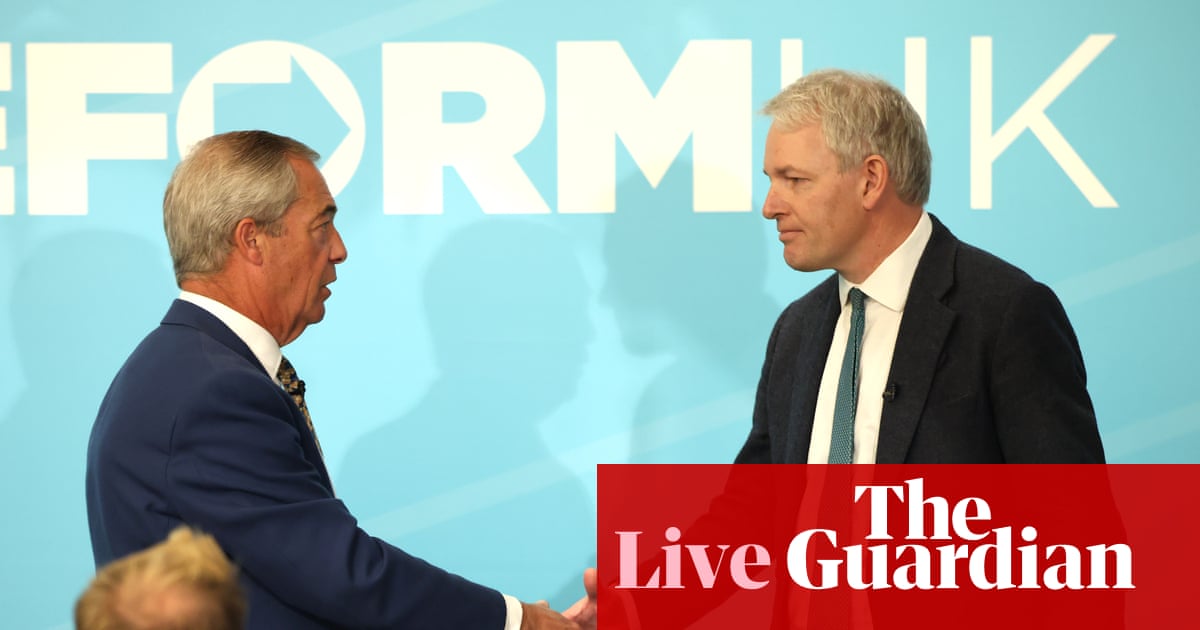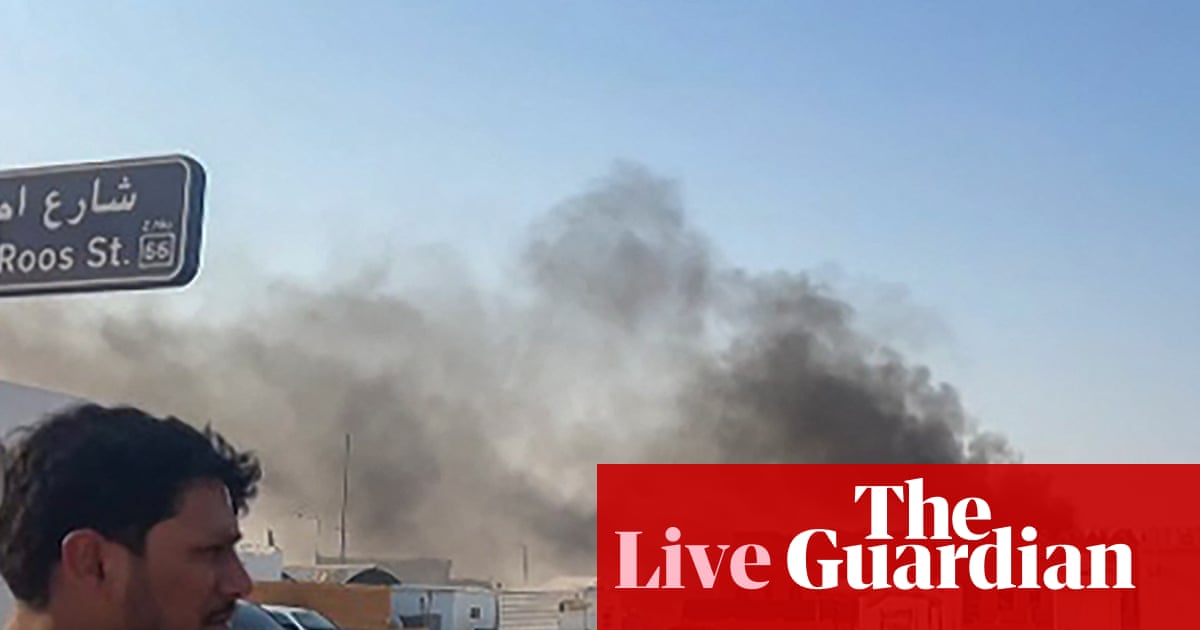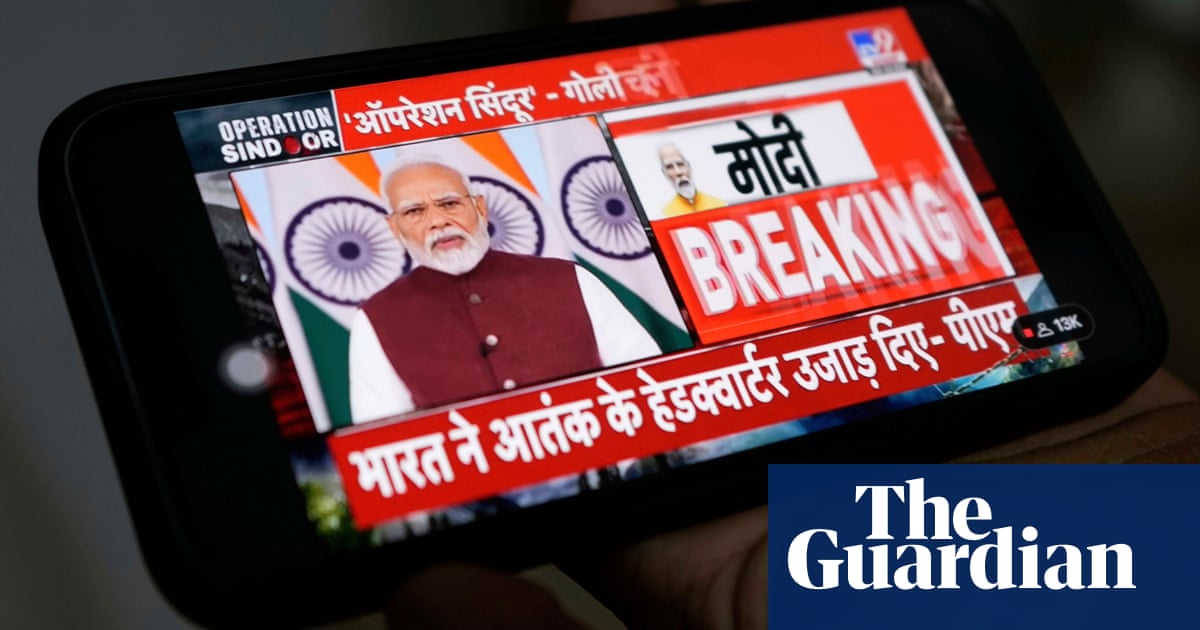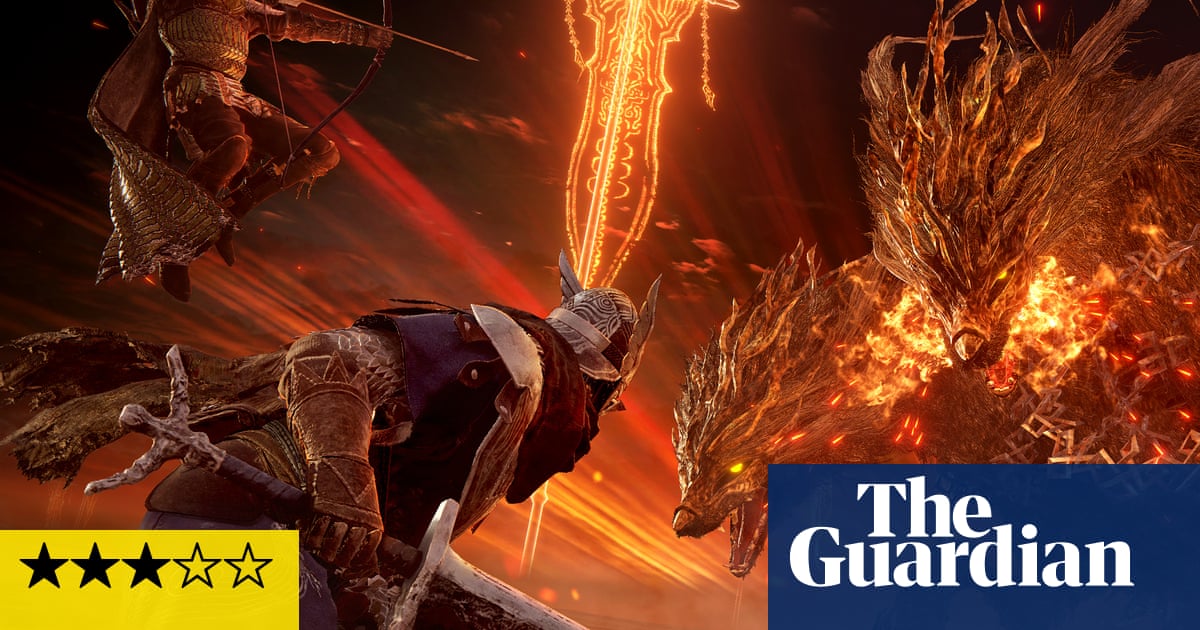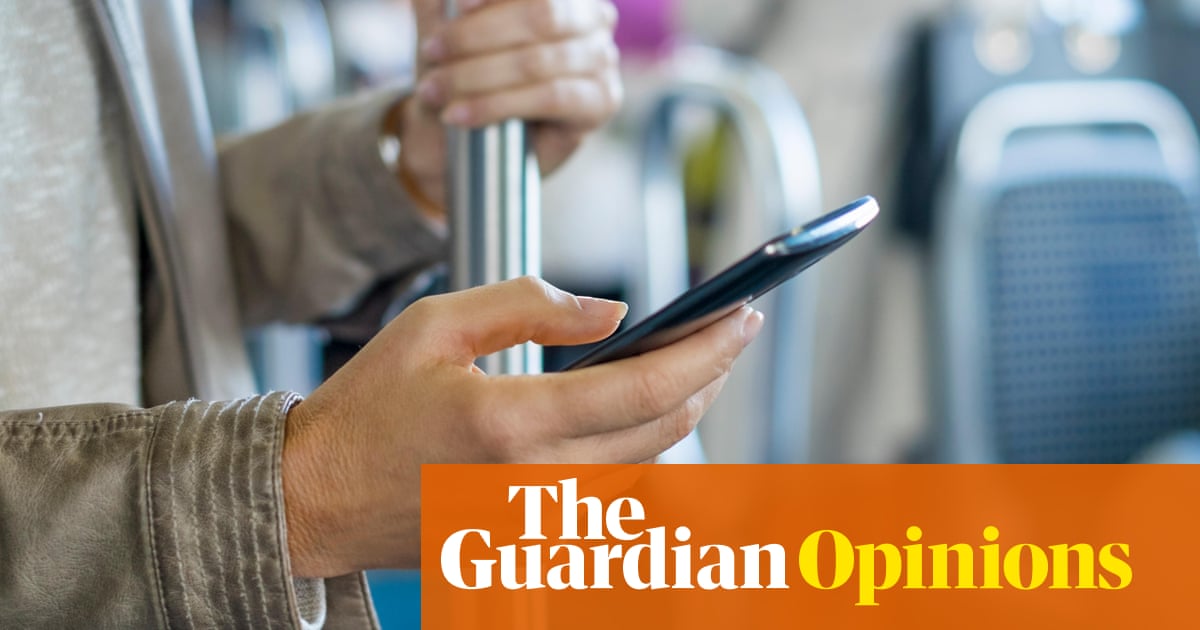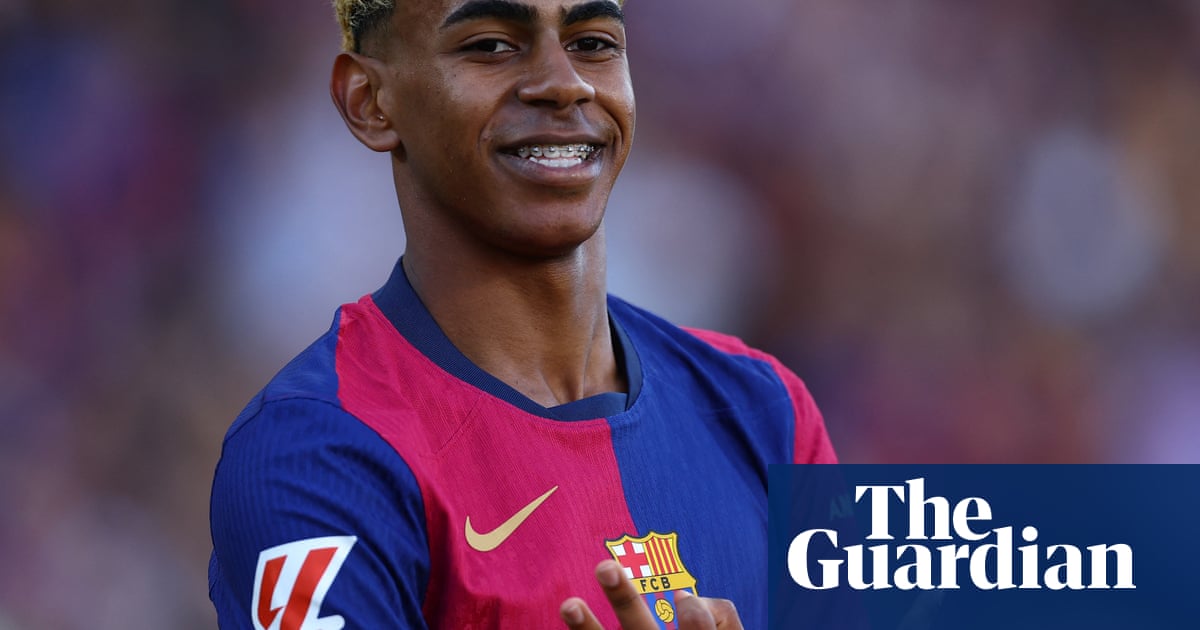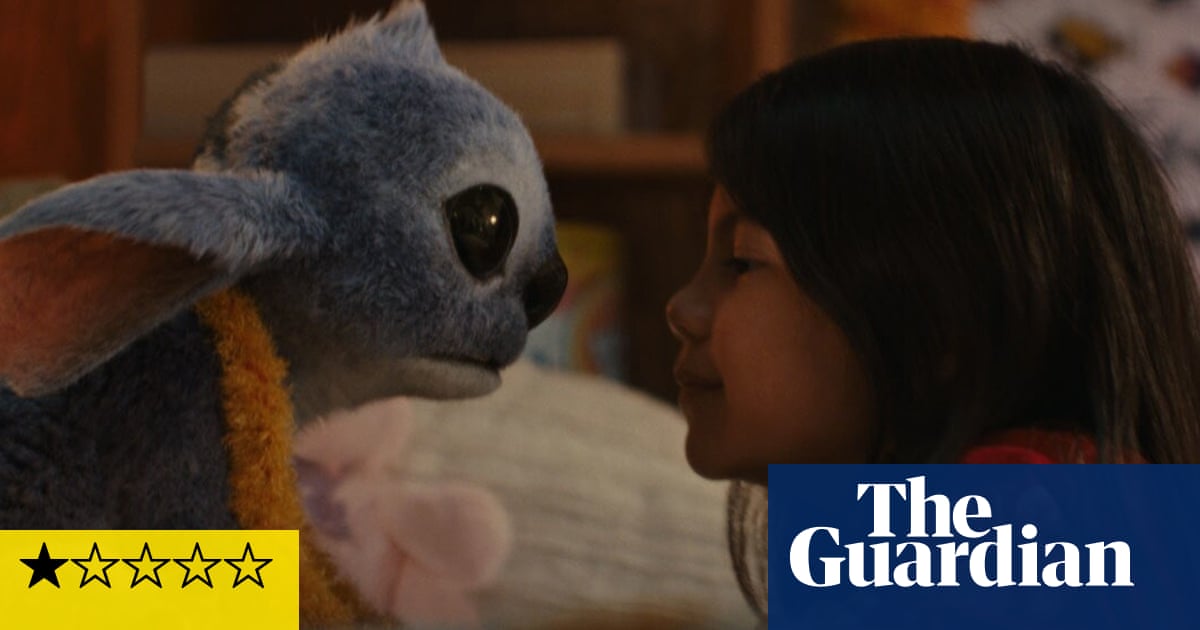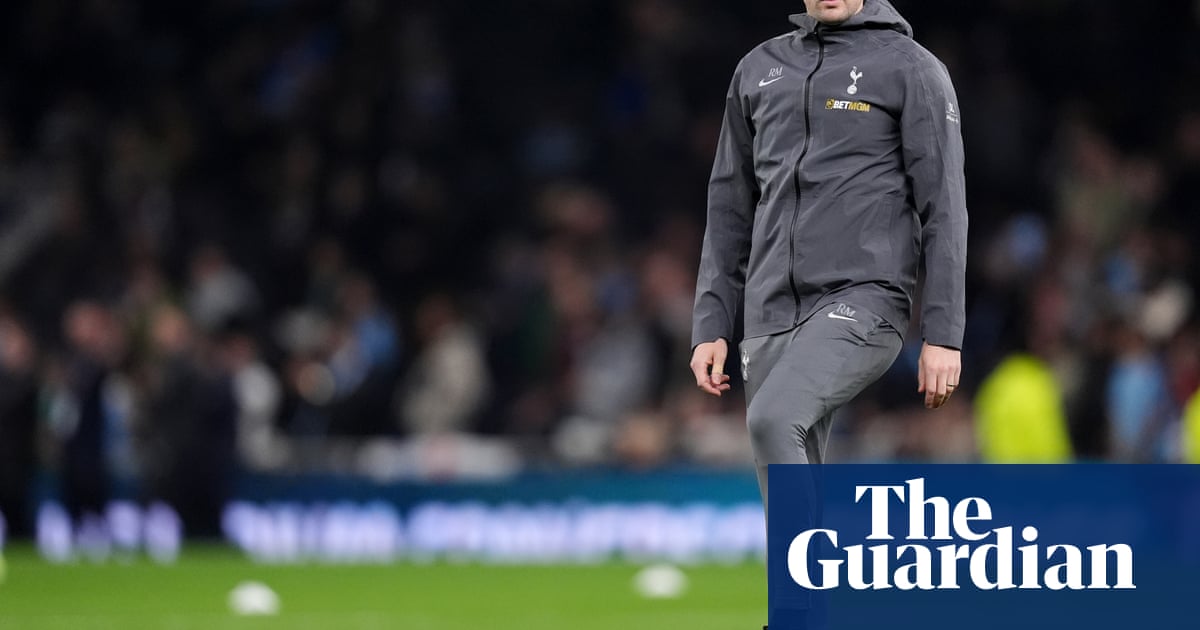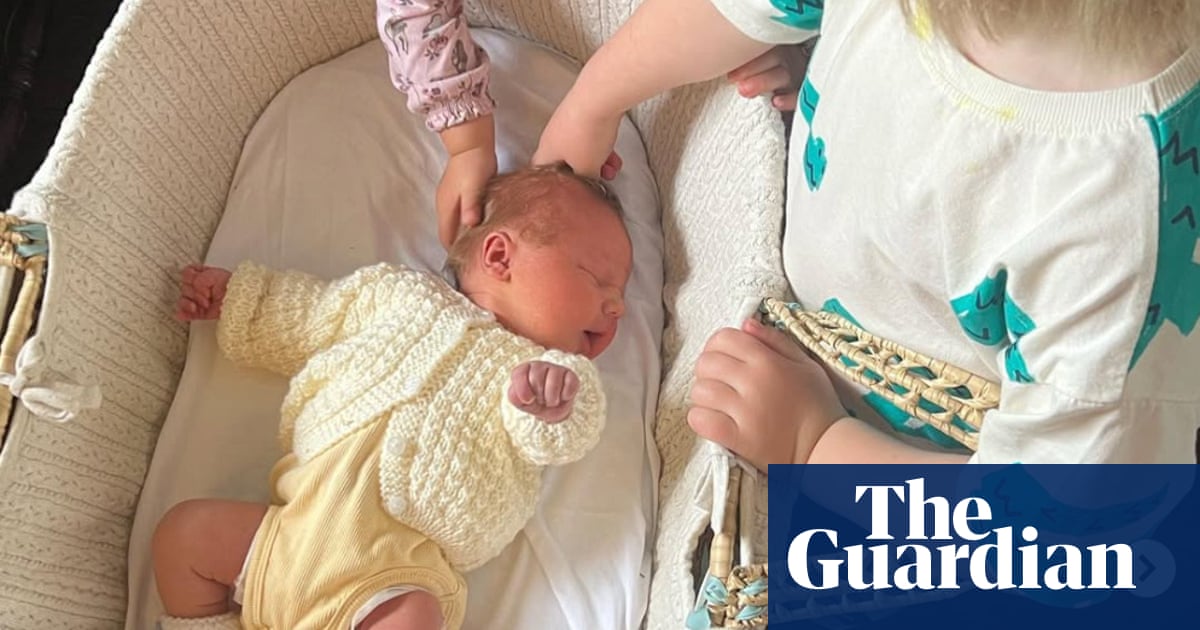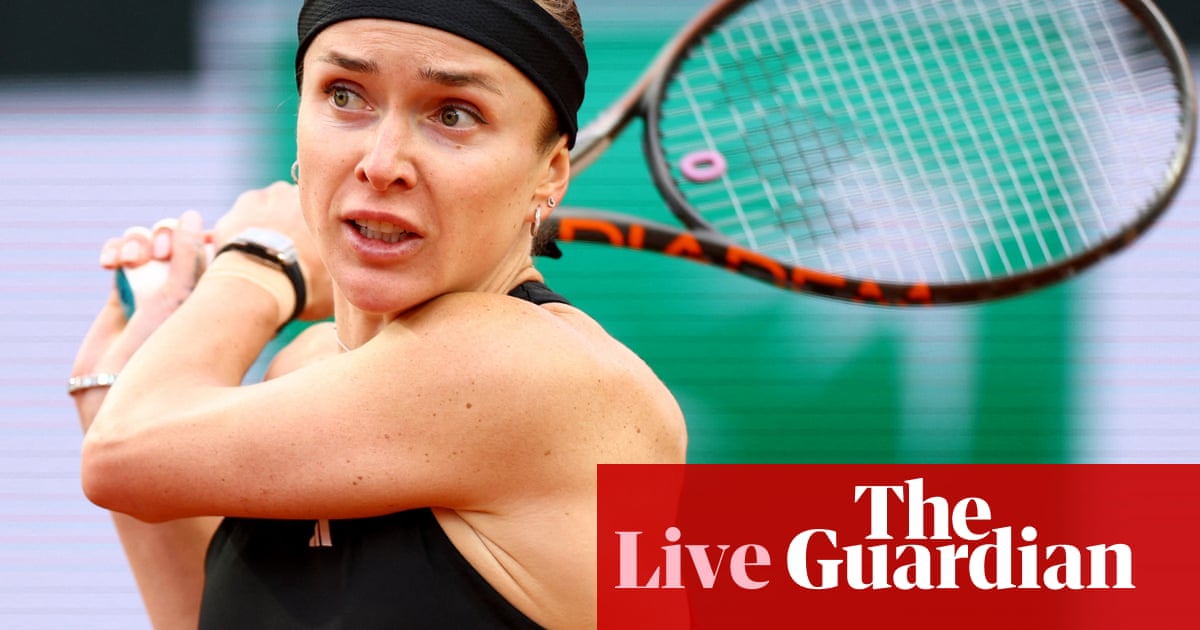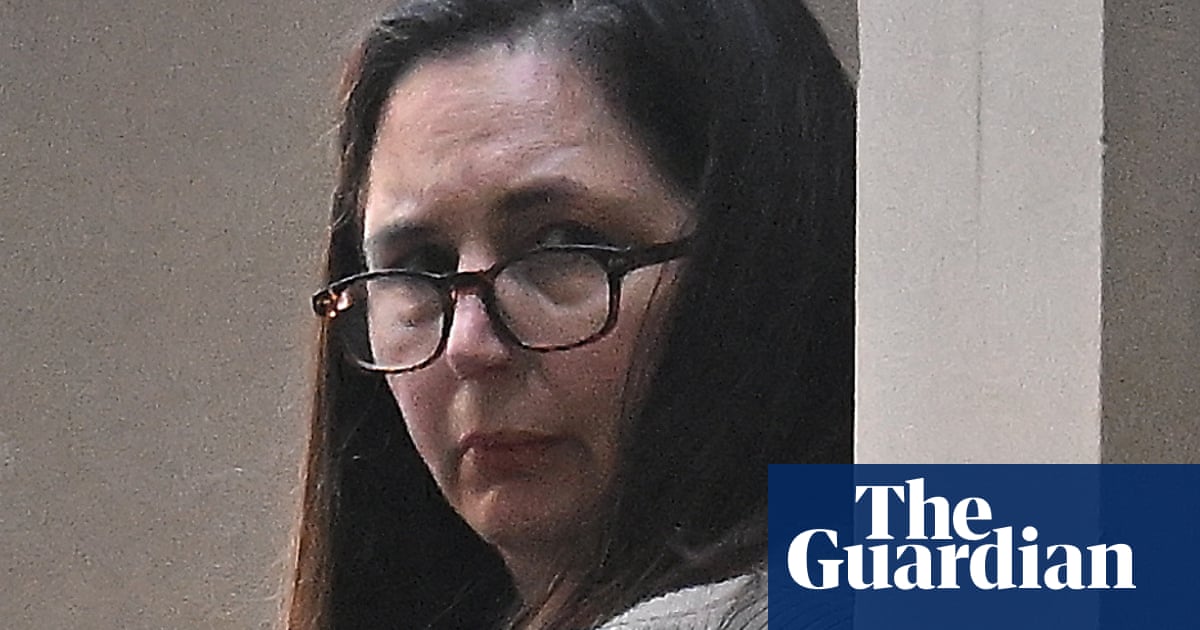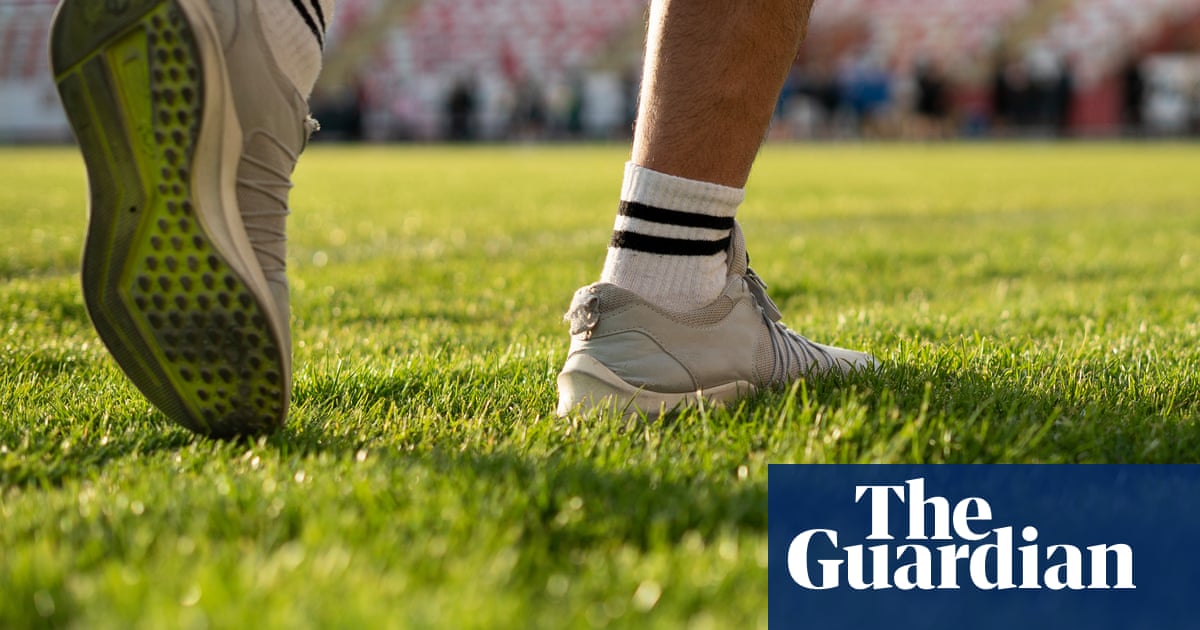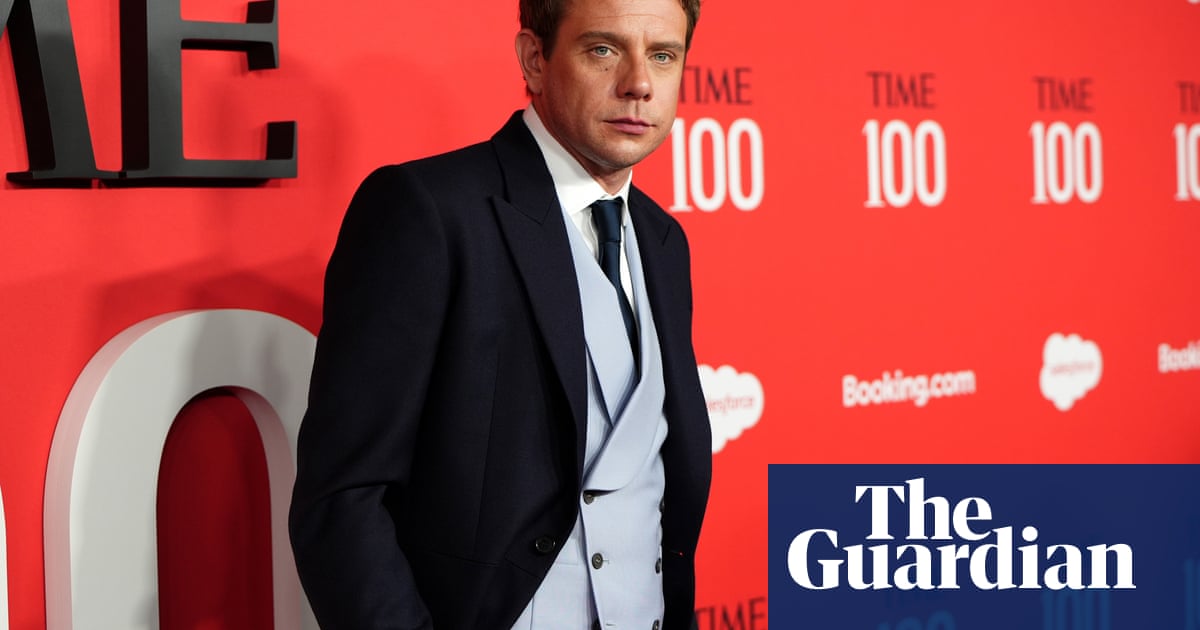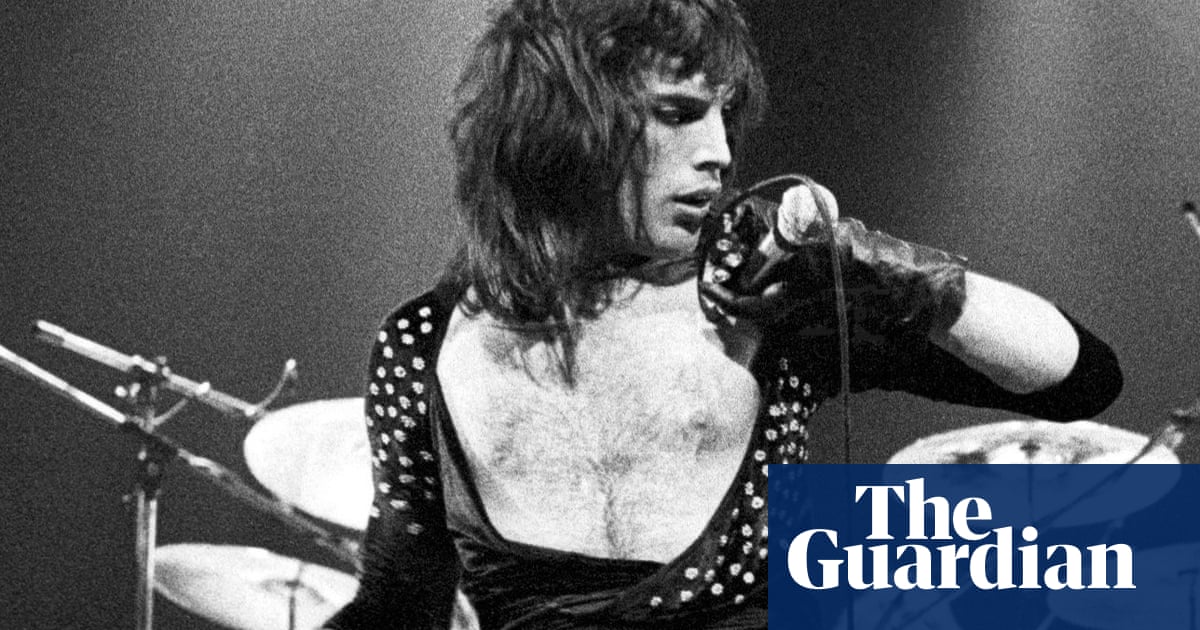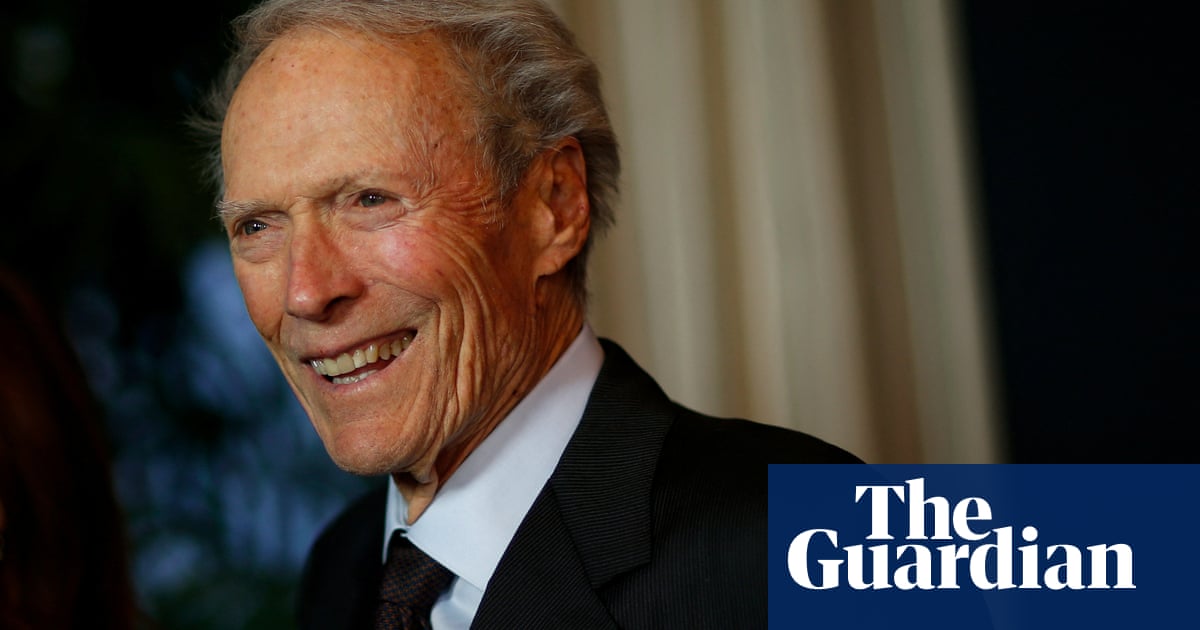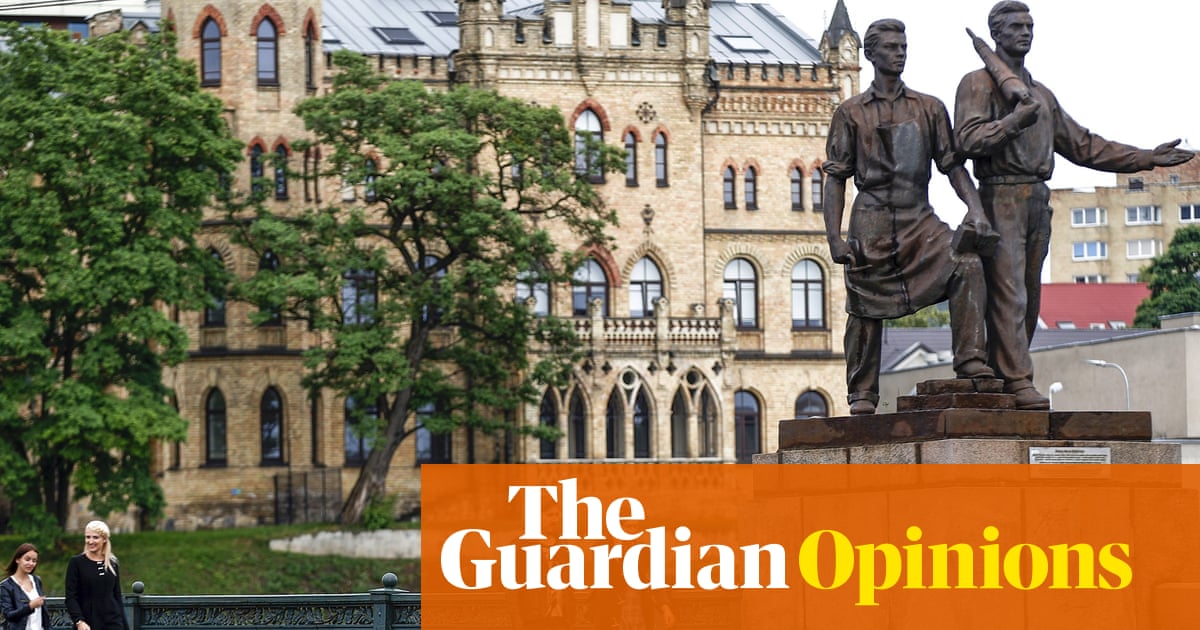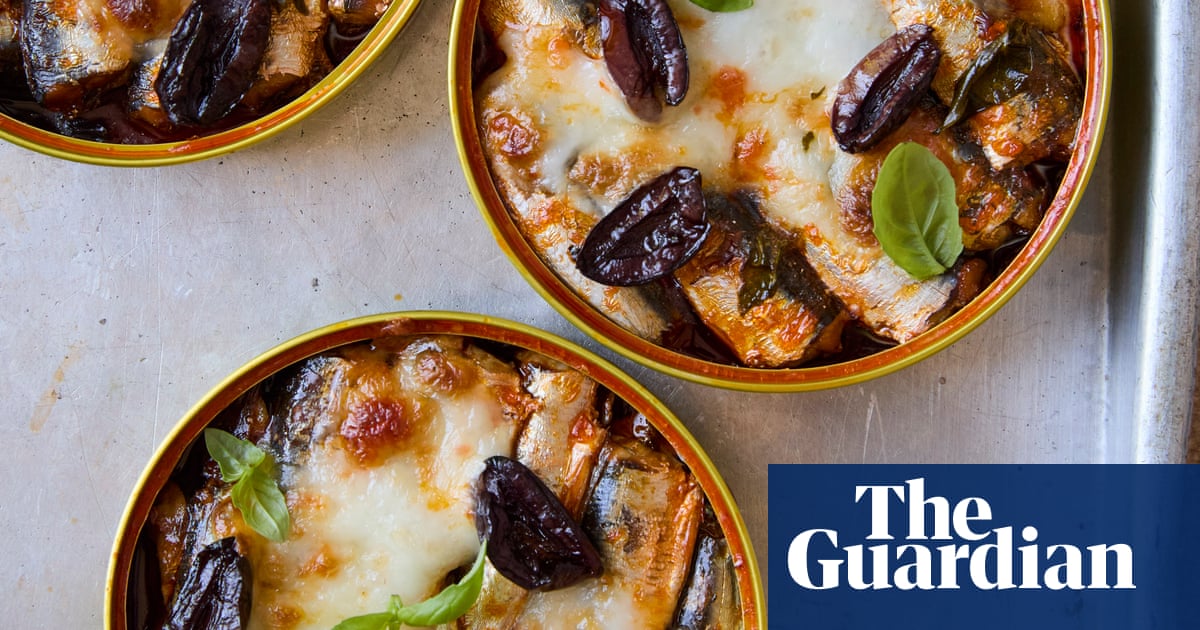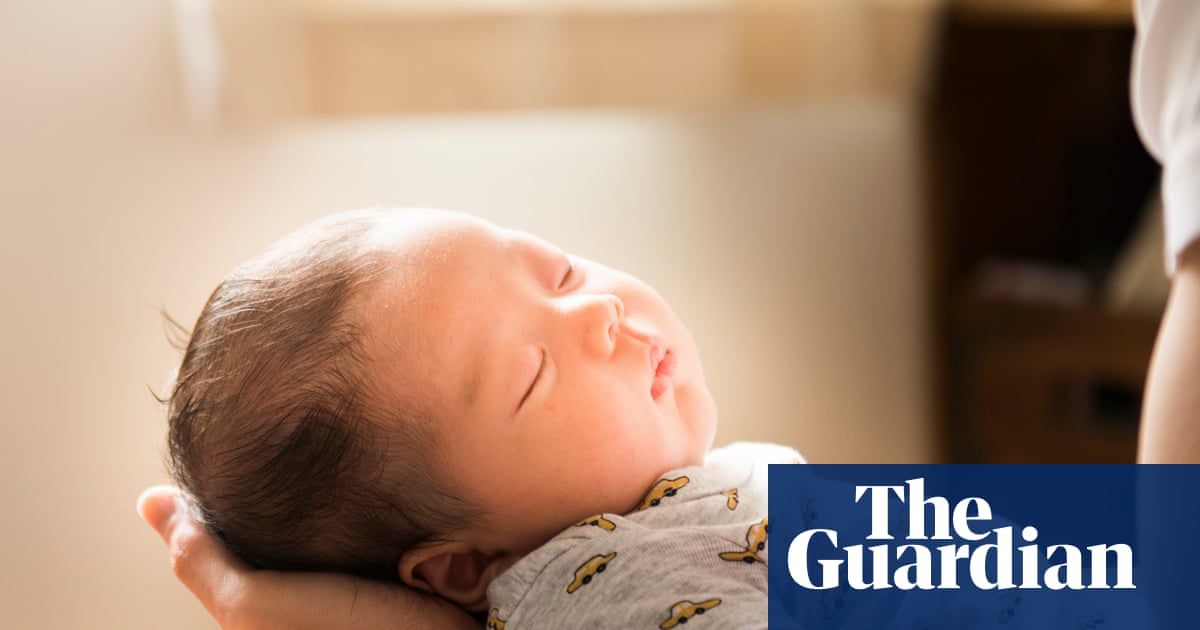Purple-dyed ponytails and sequin jackets glittering in shades of black and violet. Fans are decked out in sports logos and LGBTQ rainbows while Black Box’s Everybody Everybody – a queer dance club classic – booms from the speakers. Ali Wong is playfully dancing on the Jumbotron. There’s no misinterpreting it: the WNBA has arrived in the San Francisco Bay Area.
The Golden State Valkyries – who are owned by Golden State Warriors tech mogul Joe Lacob, and housed with their sibling franchise at Chase Center in San Francisco – were announced in 2023 (their name was confirmed in 2024) as the first WNBA expansion team since 2008. Last Friday, the team made their WNBA debut, against the Los Angeles Sparks, in front of a sellout crowd of 18,064.
As local reporter Randy Dumalig said on KCBS, “it felt like everyone and their mom was there.”
The energy in and around the arena was electric. A diverse, intergenerational crowd that skewed noticeably more female than those at most Bay Area sporting events gathered from all over the region to celebrate the WNBA’s splashy and long overdue arrival. With local celebrities such as Steve Kerr, Jonathan Kuminga and Brandi Chastain also in attendance, WNBA games are suddenly a real Bay Area attraction.
But it has taken the WNBA a long time to arrive. When the “W” started play in 1997, the San Francisco Bay was surprisingly excluded, despite its sports pedigree. Sacramento, roughly two hours away, was given its own team, the Monarchs, but they folded in 2009.
Meanwhile, an opportunity for women’s basketball had been steadily accruing in the Bay Area. The franchise has already made history by becoming the first in the WNBA to surpass 10,000 season-ticket holders, a feat that was declared mid-game against the Sparks, who ultimately defeated the still-inexperienced Valkyries 84-67 on Friday. Chants of “GSV” and “Let’s Go Valkyries” broke out throughout the night at decibels that longtime Bay Area fans may recall from the days when the Golden State Warriors played at Oracle Arena. With the Valkyries’ practice facility and headquarters located in the previously vacant Oracle in East Oakland, they’re sure to appeal to fans from all over the Bay’s shoreline, too.
“There was nothing like this for a long time,” says Mickey, a 74-year-old who made the commute from Silicon Valley during rush hour for the inaugural Valkyries game (she requested not to publish her full name). Before tip off, she sat in front of the arena in an electric wheelchair wearing her Valkyries gear, soaking it all in. “I used to go to Sacramento to watch the WNBA; I didn’t miss a single playoff game [during the team’s championship season] in 2005. I’ve been waiting for a WNBA team in the Bay Area for over 27 years.”
The air seems noticeably fresher in town with the WNBA – a league known for its social justice efforts, gender and labor equity advocacy, and its appeal to queer and non-traditional fans. Enthusiasts like Mickey abound here and are a reminder of the many dimensions of sports fandom that can thrive in a place like the Bay Area.
And yet, Ballhalla (a de facto nickname for the Valkyries’ home court, and a playful ode to Valhalla, the mythic hall of fallen warriors in Nordic myth) wasn’t built overnight. Women’s basketball has had a rich, if not overlooked legacy in the Bay. And its phalanx of supporters, in tandem with the Bay Area’s vibrant arts and culture scenes, have been ready for their big shot.
In 1969, Lew Alcindor – later known as Kareem Abdul-Jabbar – was the No 1 overall pick in the NBA draft; he went on to become a dominant Hall of Fame force who would change the sport. Yet, a far lesser known prospect was drafted that very same night. She who would have just as profound effect on the sport by becoming the first hooper to break the league’s gender barrier.
Denise Long was selected by the then-San Francisco Warriors in the 13th round with the 175th pick, becoming the only female player to be picked in the NBA draft. This was nearly 30 years before the formation of the WNBA.
Long’s tenure as a professional basketballer in San Francisco didn’t last. The league’s commissioner, Walter Kennedy, immediately annulled the move, citing her status as a high schooler and gender. Warriors owner Franklin Mieuli, a bombastic Bay Area entrepreneur, had another gameplan – launching a women’s basketball league in nearby Daly City.

Long, who had scored more than 100 points in a single game three times in high school, would go on to headline the nascent, local women’s circuit (Mieuli gave his young star a purple Jaguar to show his esteem for her skills). That season, four women’s teams competed before every Warriors home game. But the league folded after one campaign, and Long moved back to her home state of Iowa to lead a quiet life away from basketball.
Pro women’s basketball wouldn’t renew itself until 1979, when the San Francisco Pioneers of the Women’s Professional Basketball League made Oakland native Anna Johnson the first professional women’s player from the Bay Area. Like the Warriors’ upstart efforts, however, it proved too difficult to maintain a professional women’s franchise in the area. The San Jose Lasers (also funded by Lacob) would make an attempt in 1996, along with the San Jose Spiders, but both failed. And though the Stanford Cardinal assembled an college dynasty in Palo Alto, winning three national titles, the professional women’s game never caught a break in the Bay Area. Until now.
Michelle Miller has worked for the Golden State Warriors, Bay Area Panthers and California Golden Bears. Better known as DJShellheart, she keeps the energy high at Bay Area sporting events. As a Black, queer woman rooted in the local hip-hop scene, she says nothing feels quite like working with the Valkyries as one of the team’s DJs.
“This is the start of something bigger, just having a safe space to go, to feel comfortable and not be scared to speak about sports with [like minded] people,” she says. “The Valkyries coming to the Bay has shifted the energy. Since last year we’ve been doing community drives, girl’s camps focused on mental health, things that are just bringing positivity. This is the ideal place to have a team like this.”
She’s just one of the Valkyries’ community partners. Others include artists like Kehlani, P-Lo, E-40 – who performed for the opening game’s half-time show to a raucous crowd – and Goapele, a legendary R&B singer who is appointed as one of the Valkyries’ public ambassadors. In an effort to build inroads within local arts and culture, the team has also initiated its Valkyries Collective program, featuring athletes, influencers and entertainers from the area.
Even the Valkyries’ head coach Natalie Nakase, who became the first Asian American head coach in league history, has quasi-local roots. The Californian began her professional career as a point guard with the San Jose Spiders about an hour south of San Francisco.
The organization’s focus on the local area can be seen in the arena’s rafters. Allison “Hueman” Torneros is a decorated Filipina muralist from the East Bay who grew up watching the Warriors. Though she has worked with the NBA in past seasons – even designing a Nike uniform for the Dubs in 2022-23 – she is particularly excited to team up with the V’s. Her work often incorporates womanhood, femininity, and Bay Area immigrant identity. So it’s no surprise that she was brought on to paint a Valkyries-sponsored mural at their practice facility in Oakland. The work is sprawling, covering 200ft and unfurls elegantly across a long hallway: a surrealistic rendition of women in battle, running mid court, swords drawn, galloping towards what appears to be victory, clouded in a purplish, dreamlike haze. It is everything that a women’s basketball team in the Bay Area is, and may one day yet be.
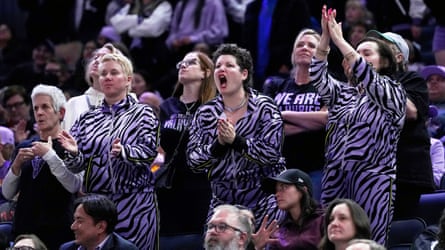
Back in San Francisco inside Splash Bar – a Steph Curry-backed sports bar, in which the NBA star has expressed his support for the Valkyries – WNBA games are being shown on a huge screen before Friday’s game. Outside, flocks of Valkyries fans mingle hours before tip off, eager to be a part of history.
Fans like Teresa Guillen and Diane Rosen, Gen Xers who live in San Francisco and have had ties to the Warriors since the 70s, now have a top-shelf women’s team to root for. Former high school players like Yolanda Shavies, who grew up across the Bay Bridge in Oakland and once had aspirations of playing professionally. These are the fans who the team represents; and they certainly didn’t disappoint when they showed up for game number one.
“We’ve been waiting a long time for this,” says Shavies, who crafted a Valkyries-emblazoned sword, which she carried around as an accessory to complement her violet shirt and color-coordinated Nikes. “I’ve been waiting a long time for this.”
“We’ve found the finishing piece to what the Bay Area was missing,” DJShellheart says. “Adding the WNBA is like finishing that thousand-piece puzzle. It’s an image and color we could never fully see until now.”

 3 months ago
67
3 months ago
67
